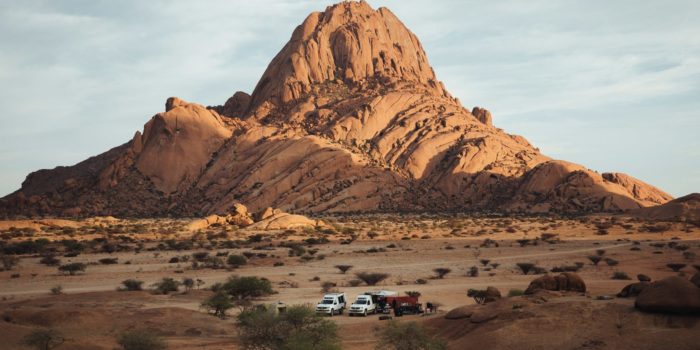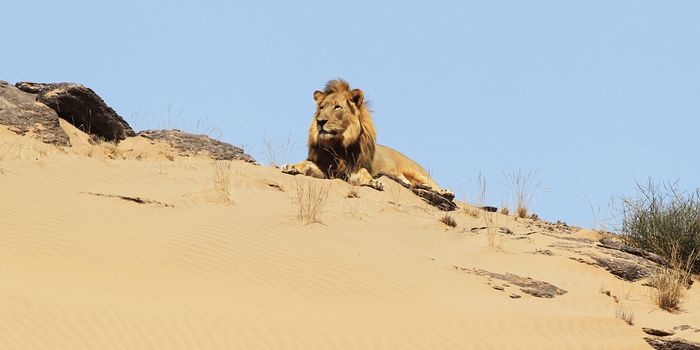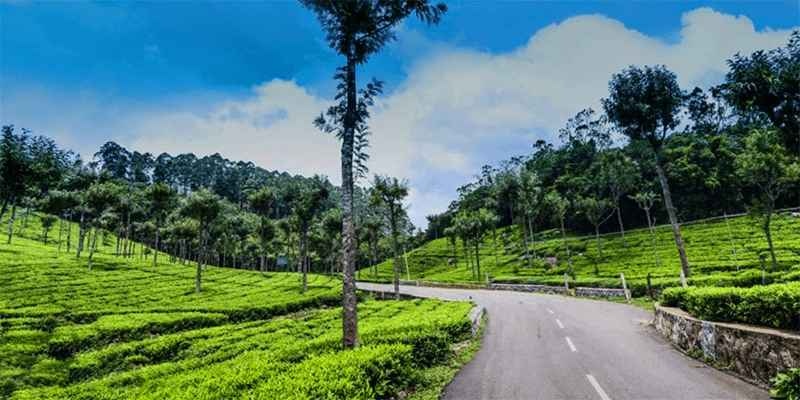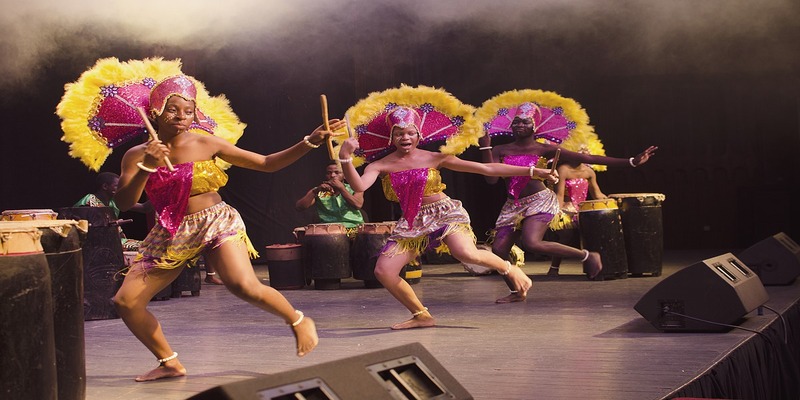Any time of year is a great time to visit Namibia, thanks to the country's well-known lack of precipitation. It is possible to see practically all of the country's attractions at any time of the year because the climate is generally pleasant; the sun and clear blue sky that characterize the country are shown on its national flag.
You should consider the time of your vacation depending on the activities you want to participate in. To avoid the summer heat, hiking is an activity that is best saved for the winter months, which coincide with summer in the northern hemisphere. Whatever makes you interested in visiting Namibia, the following are the ideal dates.

It is generally agreed upon that Namibia's dry winter months of May through October offer the finest opportunities to watch wildlife, particularly in Etosha National Park. These months may be found in Namibia. As the dry season continues, there is no cloud in the sky, the danger of contracting malaria is at an all-time low, and more and more animals may be found congregating near water sources. However, you should be prepared for nightly temperatures below freezing in June and July. On the other hand, September and October tend to have relatively high temperatures. The summer rains that fall between November and April give the nation its characteristic green color and can cause floods in the desert.
During The Peak Season (June–October), It Is Possible to See A Large Number Of Different Species.
A clear sky characterizes the dry winter months of Namibia during the daylight, freezing temperatures at night, and a virtually nonexistent probability of rain. Temperatures during the afternoon range from 66 to 75 degrees Fahrenheit (19 to 24 degrees Celsius) inland from the ocean. During the depths of winter, between June and August, the overnight temperatures in the desert and at altitude typically fall below 10 degrees Celsius (50 degrees Fahrenheit). They can occasionally dip much lower than that.
This is the finest time of year to observe wildlife since the foliage is less dense, animals concentrate near restricted water sources, and the peak season coincides with the dry season. As a result, Etosha National Park's safari camps are becoming increasingly crowded. The coastline is frequently covered by a dense morning fog, which, in most cases, dissipates by lunchtime. This occurs most of the time.
Shoulder Season Months Include April, May, And November, And Often Have Reduced Costs and Fewer People In Attendance.
The months of April and May in Namibia are beautiful to visit due to the amazing clarity of the air. The rains have washed away the dust left over from the late dry season throughout a significant portion of Namibia, which is now covered with various colors of vibrant green. The daytime temperatures vary from 24 degrees Celsius to 28 degrees Celsius (75 degrees Fahrenheit to 82 degrees Fahrenheit), and except for the Easter holidays, the safari camps are often not crowded.

Temperatures during the daylight can reach 86 degrees Fahrenheit (around 30 degrees Celsius) in November when the country eagerly awaits the rains. Because fewer people are in the parks than in July and August, wildlife viewing is excellent, and hotels and campers in national parks and private reserves may offer lower rates. Birdwatching is also a pleasurable activity due to many migratory species.
The Shoulder Seasons of Summer, December Through March, Are Characterized by Warm and Wet Weather.
Even though the summer months in Namibia are the wettest of the year, showers and thunderstorms are often confined to the late afternoon and evening hours. Gravel roads, particularly those located in the far north and the Zambezi area, can become challenging to navigate when it rains. However, rain does not typically impede traffic in other ways.
It might be challenging to see wild animals in Etosha National Park during the rainy season since they tend to be widely distributed. The whole nation of Namibia is experiencing high temperatures, notably in the country's extreme south. The mercury in the Fish River Canyon may reach over 40 degrees Celsius (104 degrees Fahrenheit), causing the multi-day hiking path to be closed to hikers.
The conditions are relatively good, and close to the coast. It is not as foggy as it is during the winter months because of the sea breezes that relieve the oppressive heat inland. The recent rains have made for some fantastic birding opportunities around the nation. Accommodations along the central coast and Etosha are known to fill up during the December and January school vacations; thus, making early reservations is strongly advised.





